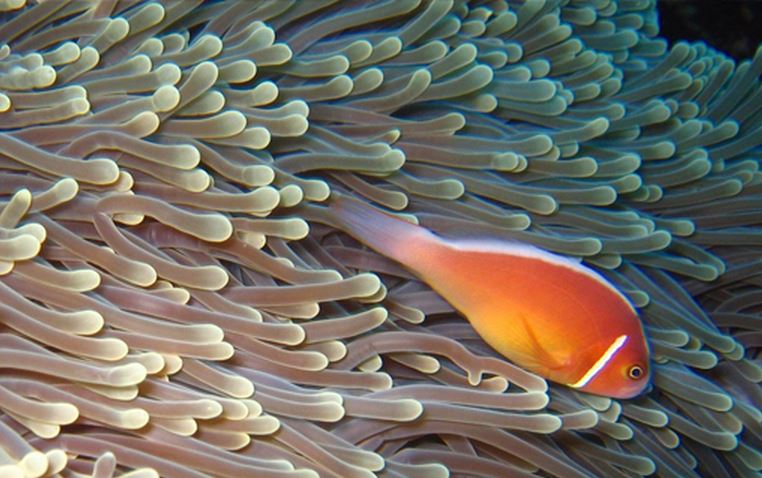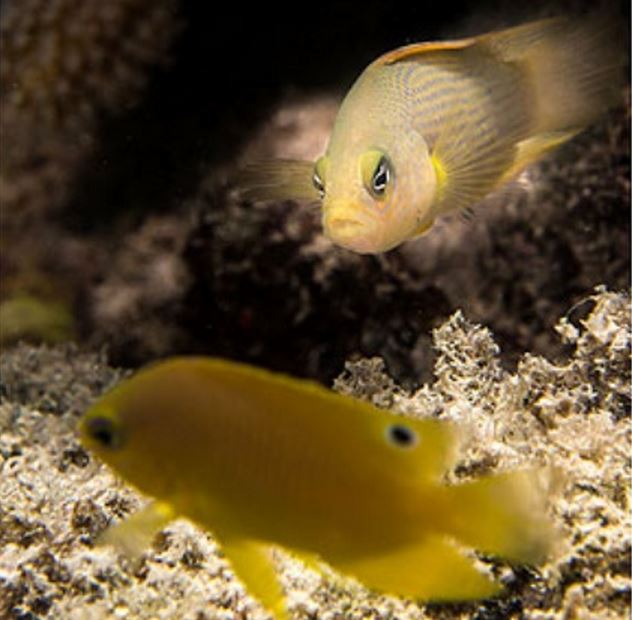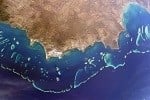A new plan was announced on Saturday to develop and secure the health and resilience of the Great Barrier reef “for generations to come” by the Commonwealth and Queensland governments.
Delivered in partnership between the Queensland and Commonwealth governments, The Reef 2050 Long Term Sustainability Plan combines for the first time all the expertise, work and science critical to maintaining the Reef for the next thirty years and beyond.
In a joint press release, the two governments announced:
“The historic 35 year plan will secure Australia’s majestic Great Barrier Reef as a place of Outstanding Universal Value on the World Heritage List.”

The Great Barrier Reef is host to an incredible range of spectacular wildlife. (Image: Australian Conservation Foundation)
“The Plan addresses the challenges the Reef faces now and into the future, and sets clear priorities and targets.”
“The Plan sets an overarching vision ‘to ensure the Great Barrier Reef continues to improve on its Outstanding Universal Value every decade between now and 2050 to be a natural wonder for each successive generation to come’.”
Over the next ten years, the Queensland and Commonwealth governments expect to invest more than $2 billion in reef management and protection.
Below are some of the major actions among the more than one hundred listed in the The Reef 2050 Long Term Sustainability Plan:
Water quality: will be improved by reducing dissolved inorganic nitrogen loads by at least 50% by 2018 in priority areas. The ultimate aim is to achieve an 80% reduction in nitrogen by 2025.
Pesticide: reducing loads by at least 60% by 2018 in priority areas.
Wetlands: a net improvement by 2020 of natural wetlands and riparian vegetation (riparian means adjacent to rivers and streams).
Wildlife: populations of turtle, dugongs and dolphins to be either stable or growing by 2020.
Protect areas: further protect Keppel Bay, North Curtis Island and the Fitzroy Delta.
The plan will be implemented by the scientific community, Traditional Owners, industry, the community and governments.

The Great Barrier Reef has an incredible range of colours. Researchers are learning more why. The Dusky Dottyback, for example, changes colour to look like family so it can eat juvenile fishes. (Image: Image: Christopher E. Mirbach)
The two governments said in a joint statement:
“The Plan not only meets our obligations under the World Heritage Convention – it is a blueprint for protecting the Reef because that is what Australians expect us to do.”
“The plan categorically addresses the UNESCO World Heritage Committee’s concerns through identified actions, targets, objectives and outcomes across seven key themes – including biodiversity, water quality and ecosystem health.”
“Together, we have ended the 100 year practice of dumping capital dredge spoil in the Great Barrier Reef Marine Park. The Commonwealth Government is banning capital dredge dumping in 99 percent of the World Heritage Area and the Queensland Government will legislate to extend the ban to include the remaining one per cent in the Queensland port areas.”

The Great Barrier Reef is so vast it can be seen from space. (Image: NASA)
The governments say they have worked together with industry and farmers to improve the quality of water that enters the Reef catchment, with a positive difference is already being detected.
The Great Barrier Reef
The Great Barrier Reef is an unbelievably diverse and rich environment. It is a maze of 1,050 islands and 3,000 coral reefs that stretch for more than 2,300 kilometres.
The Great Barrier Reef is one of the seven wonders of the natural world. It can be viewed from a great distance and is the only living thing on Earth visible from space. It is larger than the Great Wall of China.
It is a breeding area for humpback whales that migrate from the Antarctic, and is also the habitat for a number of endangered species, including the Dugong (Sea Cow) and large Green Sea Turtle.
It was listed as a World Heritage Site by UNESCO in 1981. Because of its natural beauty, it has become a sought after tourist destination.
Internationally, it is regarded as among the best-managed marine parks globally.
The governments said:
“We’re determined to keep it that way. We know that the reef still retains the outstanding values for which it was listed as a World Heritage Property in 1981.”
“This Reef 2050 Long Term Sustainability Plan delivers the most significant changes in management of the Reef since the Great Barrier Reef Marine Park was established.”
Video – Protecting the Great Barrier Reef

